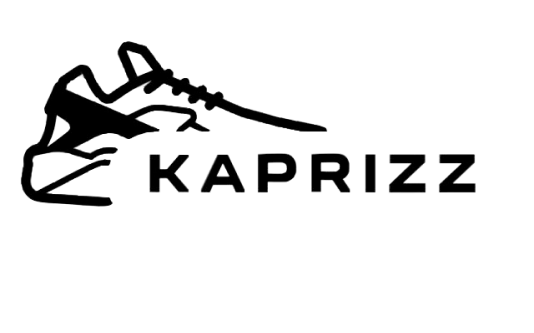Hair steaming can also help to improve the overall health of your hair and scalp. By stimulating blood flow to the scalp, steaming can promote hair growth and strengthen the hair follicles. It can also help to unclog hair follicles and remove buildup, which can lead to a healthier scalp and reduced hair fall.
Overall, hair steaming is a beneficial treatment for those looking to improve the health and appearance of their hair. Whether done at a salon or at home, regular hair steaming can help to hydrate, strengthen, and revitalize your hair, leaving you with luscious locks that look and feel their best.
Overall, low manipulation styling is a gentle and effective approach to caring for natural hair. By prioritizing protective styles, minimizing tension and stress, and avoiding excessive heat and chemicals, individuals can promote healthy hair growth and maintain the natural beauty of their hair. Embracing low manipulation styling techniques can help individuals cultivate a strong, resilient mane that is less prone to breakage and damage, leading to healthier, happier hair overall.
**In conclusion, loc repair is an essential aspect of maintaining healthy and beautiful dreadlocks. By following proper techniques, best practices, and seeking professional help when needed, you can address loc damage and enjoy your loc journey for years to come.**
In addition to its moisturizing and nourishing benefits, hair steaming can also enhance the effectiveness of other hair treatments. For example, steam can help to boost the effects of deep conditioning treatments, allowing for better absorption of the product and more noticeable results. It can also help to revive dull and lifeless hair, giving it a renewed vitality and shine.
If you prefer to do hair steaming at home, you can invest in a hair steamer device, which is designed specifically for this purpose. Simply apply a conditioning treatment to your hair, sit under the steamer, and allow the steam to work its magic. For best results, it is recommended to cover your hair with a plastic cap or towel to trap the heat and moisture.
Incorporating regular trims into your hair growth plan is another important step. While it may seem counterintuitive to cut your hair when trying to grow it out, regular trims help prevent split ends and breakage, allowing your hair to grow longer and healthier.
Causes of Poor Hair Elasticity:
Several factors can contribute to poor hair elasticity, including:
1. Excessive heat styling: Regular use of hot styling tools like flat irons, curling irons, and blow dryers can weaken hair strands and reduce elasticity.
2. Chemical treatments: Chemical processes such as coloring, perming, and relaxing can strip the hair of its natural oils and proteins, leading to dry, brittle hair.
3. Environmental factors: Exposure to harsh weather conditions, UV rays, and pollution can damage the hair cuticle, making it less elastic.
4. Poor hair care habits: Over-washing, using harsh hair products, and rough handling of wet hair can all contribute to decreased hair elasticity.
Introduction:
Hair elasticity refers to the ability of your hair to stretch and return to its original shape without breaking. Improving hair elasticity is vital for maintaining healthy, strong, and lustrous hair. Whether you have curly, straight, or wavy hair, taking steps to enhance hair elasticity can help prevent breakage, split ends, and overall hair damage. In this article, we will explore the causes of poor hair elasticity and provide tips on how to improve it for beautiful, resilient hair.
Introduction:
Textured hair workshops are becoming increasingly popular as more people embrace and celebrate their natural hair. These workshops provide valuable education and guidance on caring for and styling textured hair, empowering individuals to fully embrace and rock their unique hair texture with confidence.
Another benefit of low manipulation styling is that it allows for less frequent washing and styling, which can help prevent over-manipulation of the hair. By stretching out the time between wash day steps days and minimizing the use of styling products, individuals can give their hair a break and allow it to thrive in its natural state.
Another important aspect of low manipulation styling is choosing protective styles that help shield the hair from environmental factors and daily wear and tear. Protective styles such as braids, twists, buns, and updos can help minimize damage from heat, friction, and exposure to the elements. These styles also help retain moisture in the hair, which is essential for maintaining healthy, hydrated strands.
Low manipulation styling is a popular technique among those with natural hair, as it aims to minimize hair handling and reduce potential damage. This method focuses on gentle styling practices that help keep hair healthy and prevent breakage. By utilizing low manipulation styling techniques, individuals can maintain the natural integrity of their hair while promoting growth and overall hair health.










